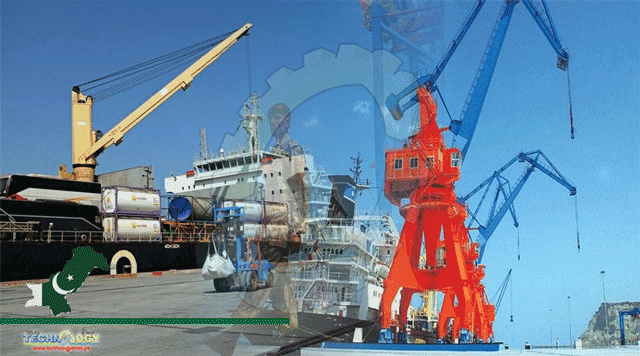The federal government exempted Rs49.39 billion of custom duties and taxes on the import of plant and machinery for establishing units in special economic zones (SEZs) since 2012; however, delay in provision of utilities could not fetch expected foreign direct investment (FDI).

According to the documents available, as many as 22 SEZs have already been approved, while 21 of them have been notified by the Board of Investment (BOI). These include four under China-Pakistan Economic Corridor (CPEC), three private SEZs (including two sole enterprise SEZs), and a Science and Technology Park that is being established by NUST in Islamabad. These notified SEZs together account for approximately 10,029.64 acres of industrial land, out of which, 5,220.62 acres (52 percent) have been allotted to the investors for setting up of industry with planned investments of Rs633.9 billion, 43.6 percent of this comprises FDI component ($1.73 Billion).
The number of zone enterprises pre-SEZ MIS launch, although significant, includes certain enterprises that could not realise their planned investments and are being tracked and phased out. The pre-launch period that spans over eight years (2012-2020), some 19 SEZs, due to non-availability of required infrastructure and lack of regulatory monitoring and ease, could only solicit foreign investment interest of Rs173.08 billion ($1 billion approximately). Whereas, post-launch, in a matter of just five months, more than half of this progress has been registered and given approval for setting up of industries.
The colonization of the SEZs can be divided into two eras, pre- and post-SEZ MIS Module.
Before the notification of the SEZ Zone Enterprise Admission and Sale, Lease and Sublease of Plots Regulations 2021, the SEZs were marred with real estate activities.
However, in order to eradicate these practices and give way to only serious investors, with effect from 1st January 2021, all zone and zone enterprise applications are being processed through the SEZ MIS Module. This Module is integrated with the SECP and only accepts applications from SECP registered concerns. Efforts are also under way to digitize and streamline the legacy data and approvals.
At least two years are provided under the Act for an SEZ to get on ground.
The government also adopted the SEZ concept with the commencement of the Special Economic Zones Act 2012 (herein referred to as the Act), to meet the challenges of global competitiveness and to create industrial clusters in the economy.
The Act envisages SEZs to encourage domestic and international investors for promotion and establishment of industrial infrastructures focusing on export promotion, import substitution, transfer of technology, and employment generation. Government and provincial governments to establish SEZs on their own or in collaboration with private parties under various modes of collaboration including Public-Private Partnership or exclusively through private parties; whereas to incentivize such investment in the SEZs, the said Act provides certain fiscal and allied benefits to the SEZ investors, i.e., developers and zone enterprises.
In Pakistan, the policy objectives and the type of SEZ framework provided through the SEZ Act 2012 was originally not aligned with the economic realities as the SEZs from 2012-2015 were placed outside the customs territory of Pakistan limiting their appeal for the investors that wanted to capitalize on the budding domestic consumer market.
Source: Business Recorder